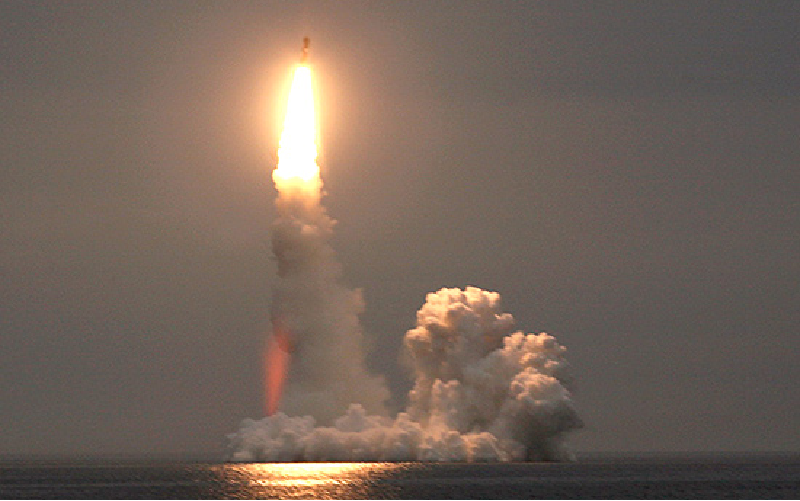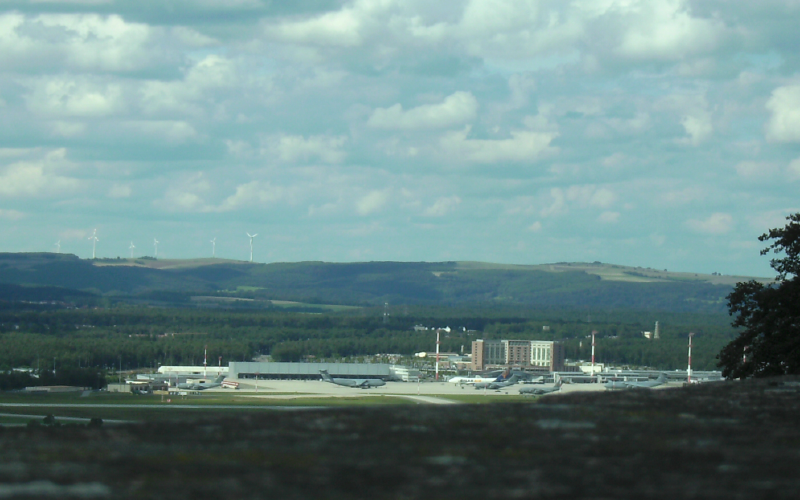Nuclear False Alarms: Still Common, Still Risky, Still Avoidable
Earlier this week, a Russian military exercise triggered a false alarm of an incoming ballistic missile attack at Ramstein Air Base in Germany. The alarm was canceled when it became clear that the missile launches were part of a planned Russian exercise, but the incident illustrates the particular risk of “false alarms” between the U.S. and Russia, which together possess over 90% of the world’s nuclear weapons.
False alarms like this are common. It’s difficult to know exactly how often they occur, but these kinds of “false alarms” remain relatively routine, prompting little acknowledgment from the public and leaders alike. A similar event occurred at another air base in Germany in 2017. And neither of these rise to the level of the most well-known and frightening moments when the world came close to the brink of nuclear use once again.

They’re risky. Those committed to supporting nuclear weapons at any cost may choose to view this as a sign that the system is working as it should — that the security measures in place are capable of managing human error and technical failure. But this attitude risks taking the short history of the nuclear age as a definitive lesson in how the world works, not a period defined in part by incredible luck.
The nature of the U.S. nuclear launch process means that just one person, the U.S. president, has just a few minutes to decide whether or not to launch a nuclear attack. A few seconds could be the difference between a false alarm that passes all but unnoticed and a catastrophic, civilization-ending series of nuclear explosions.

They’re avoidable — or at the very least, there’s plenty to be done to make sure they happen less often. A massive nuclear attack on another nuclear-armed country, the scenario that has guided nuclear war planning since the invention of the bomb, remains unlikely in comparison with a mistaken first-use scenario in response to a false alarm. Requiring more than one person’s authorization to launch a nuclear attack could provide more time and opportunity for reflection, as well as key additional seconds to determine whether an attack is actually occurring. Adopting multilateral No-First-Use policies and adjusting the structure of nuclear forces could go even further by reducing the expectation that a first strike might occur and making it more difficult to launch one in the first place. Even the relatively small step of maintaining robust communication between the U.S. and Russian militaries could greatly reduce the risk of a fatal miscalculation.

The supposed benefit of maintaining an expensive and dangerous nuclear arsenal is a level of security that surpasses that provided by other weapons systems. But we’ve seen from the history of near misses that possessing nuclear weapons means accepting a profound national security risk: that through accident or oversight, false alarm or miscalculation, their destructive power may be unleashed upon the country that relies on them for its safety. A serious and clear-eyed assessment of the consequences of nuclear use makes it clear: the only way to ensure nuclear weapons do not continue to undermine the safety and security of the countries that possess them (and those that don’t) is to eliminate them entirely.